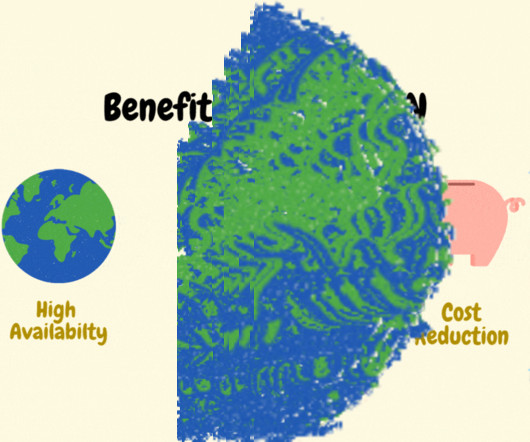DevOps automation: From event-driven automation to answer-driven automation [with causal AI]
Dynatrace
JULY 24, 2023
In the world of DevOps and SRE, DevOps automation answers the undeniable need for efficiency and scalability. Though the industry champions observability as a vital component, it’s become clear that teams need more than data on dashboards to overcome persistent DevOps challenges.


























Let's personalize your content